Sunrise was at 5.09 am but that was just a little too early for either myself or Chris, who I was meeting at Titchfield Haven Nature Reserve for our occasional sojourn into the beautiful realms of the natural world.
It was a more agreeable 6am that we had decided upon. It didn't seem that agreeable in the bleary eyed state as I arrived at the harbour wall but once my vision had focused on the vista before me it made it all worthwhile.....

It didn't take long for the early morning mist to dissipate as the sun ascended the sky.
Struggle aside from being able to rise from the treasured pit of slumber, I really do enjoy being awake at this fresh beguiling hour. Even more so in Spring when the air is alive with the sound of our avian friends.
I could call it a dawn chorus but here at the Haven at this time of year the predominate bird is the Black Headed Gull and their call isn't perhaps the sweetest of notes. More like a dawn squawk.
There are a good thousand nesting here and boy do you know it !
As we caught up on events over a much needed black coffee, we could look into the reserve or directly out into the Solent and the Isle of Wight opposite to see what was around.
Out in the bay of the reserve a pair of Common Terns were getting a little feisty and chased each other, pulling some unfeasibly amazing moves.
The shallow scrapes of the reserve are just out of decent views from the harbour road but birds are continually coming and going. Four Avocet caught my eye as they lifted up, performed a circuit and descended back into the pools below.
Out in The Solent little was happening so we decided on a walk along the canal path that borders the reserve to the West. It heads North toward the village of Titchfield itself and encompasses wetland, damp grassland and farmland along with the River Meon and the canal itself.
Linnets nest in amongst the gorse at the southern edge of the path and are easy to spot as they proclaim their territory.
Reed Buntings do the same
The path turns north and have a predominance of Willow Trees near the disused lock. Long Tailed Tits called and flicked around the foliage with their young, dragging their tails with them. It's always a challenge to capture them. Always on the move but their constant chikkering calls make them easier to locate. Sometimes you can be lucky. This is a juvenile with a lovely red eye.
Up in the Willow trees a Chiffchaff sang it's name like song.
One of the most vocal, and yet most difficult birds to see here is the Cettis Warbler. Pronounced with a 'CH' as in chest. It has a propensity to keep itself hidden whilst delivering a burst of incredibly loud electronic song for one so small.
With a little patience and luck a brief glimpse can be afforded. Not the most visually attractive I grant you but it makes up for this with its secretive behaviour and unearthly song. Although this individual was a little more drab than usual. Adults have a more defined and paler chest which deeper chestnut colour on its back. Which leads me to think this is a juvenile.
Sometimes when they call it can make you jump at the volume and can seem to be within a couple of feet without a chance of seeing it.
This little thing is a rare success story with numbers and territories rising. It only began breeding here in 1973 from its' first sightings as early as 1961.
Like the Dartford Warbler, it is sedentary and is vulnerable to harsh winters. Perhaps as our winters are getting ever milder this is one of the reasons for its' rise in numbers, along with more preservation and restoration of wetlands.
It was warbler central as we walked further on. This time another Chiffchaff entered the fray atop a willow tree and all around blackcaps would sing from the scrub by the canal.
We had made halfway up the canal path. It was now around 9am. It felt like we had been awake for ages. We decided to head back and go into the reserve. I needed to pay my subscription for the year and hadn't been in for a while. Being breeding season there is always something interesting to see and it was good to be back.
The Linnets were still giving it large on the gorse...
Out on the Solent container ships laiden with goods were leaving Southampton container terminal.
In the reserve a Kestrel had it's sight firmly fixed on it's next meal. No doubt with the need to feed it's chicks somewhere.
 We walked to the harbour and the visitor centre to purchase our tickets. Out on the exposed tidal mud, Turnstones fed in amongst the seaweed. A couple of them had their fine summer plumage on show..
We walked to the harbour and the visitor centre to purchase our tickets. Out on the exposed tidal mud, Turnstones fed in amongst the seaweed. A couple of them had their fine summer plumage on show..The visitor centre has many bird boxes attached as you would expect. House Sparrows or 'Spadgers' were making good use of them.
Having purchased our tickets from Carol we were afforded some more great views of the Terns, this time feeding in the bay rather than fighting...
The first hide on the west side of the reserve is the Meon Shore Hide. A Whitethroat showed with food in it's beak just next to it, clearly it had young on a nest somewhere...
We entered the hide, opened the shutters to reveal a cacophony of noise. Mainly generated from the Black Headed Gulls. They are not the only birds here of course.
A favourite is the elegant Avocet. Whilst many birds are in decline, flying in the face of this statistic, the Avocet is having a rather positive time. There are around 15 pairs to be seen here and all told around 10 chicks.
The adults are vigilant to say the least and with good reason. Danger lurks at every turn and many wont survive. Avocet adults are very feisty and wont suffer any intrusion by anything and constantly charge and call in defiance, protecting their young.
The chick seen here, top left of the adult, learns to feed for itself once it hatches while the parents stands guard.
Many Lapwing or 'Peewit' - in deference to the sound of it's call- breed here too. I do love their exuberant quiff. Takes me back to my days when fashion mattered !
Out on the scrape a Lesser Black Backed Gull was creating a few problems for nervous parents. They will take any unguarded chicks. The Avocet saw off the interloper this time...
Black Tailed Godwit are a regular sight here and although don't breed this far south , many non breeding birds stay for the summer...
The Lesser Black Backed Gull was never far away and as we we were packing up to leave for the next hide, it struck....
Bedlam ensued. Black Headed Gulls went into a frenzy trying to see off the interloper...
But it was too late...
They failed this time and the LBB Gull had it's meal.
Whilst many will find this disturbing, this is all part of the cycle of nature. No doubt the LBB Gull has chicks of it's own to feed. The Black Headeds' will no doubt mate again as the season is still young and a balance is always struck. Something Nature excels at...
Leaving the hide we moved onto Darters Dip. A pond with good views of Damselfly and Dragonfly this time of year. Several species abound here. Firstly the Large Red Damselfly...
A mating pair of Azure Damselfly too. The first sighting of Butterflies was the ever reliable Speckled Wood...
On entering the Spurgin Hide at the very North end of the reserve the first thing apparent was the lack of water. Invasive plant species have taken hold, so relieving it of it's food source, namely water, was the best course of action.
Still many birds were to be seen. The prettier and less abundant cousin of the Wood Pigeon - the Stock Dove were feeding on the scrape..
Lapwing had chicks here and were standing guard...
High overhead Swifts wheeled about the sky catching insects. We tried with some joviality at our pitiful attempts to capture one of my favourite birds in flight...
I had better luck with the Common Terns below...
The Black Tailed Godwit had to duck to avoid the melee !
Out of nowhere and now becoming a common sight here is the Marsh Harrier. Gliding into view looking for a meal. They glide over the reed beds waiting to surprise an unsuspecting duck, wader or mammal.
There were a couple of Lapwing chicks here. The adults stood guard and seemed to squabble amongst themselves quite a lot.
We headed back to Darters Dip pond and found a stunning female Broad Bodied Chaser Dragonfly resting on the vegetation.
The broad abdomen pulses as it rests...
Azure Damselfly are probably the most common here.
Another beautiful Dragonfly, the Four Spotted Chaser stopped off for some shots.
More feisty Avocet circled above us calling in alarm at some unwanted threat...
Back down at the pond a Blue Tailed Damselfly focused my attention...
The Pumfrett hide was our next port of call. It sits between the north and south scrapes and gives great views. Avocets once again being the draw...
The parents here had three chicks which was fairly unusual. They had their work cut out to defend them all.
It was now lunchtime and we had a decision to make. The weather had been a little unpredictable. Our prefered next stop was in search of butterflies but would it be sunny and warm enough?
As we walked back towards the reserve entrance our attention was drawn to some Hoverfly performing a routine we had witnessed before in Alice Holt Forest, whilst in search of Purple Emperor Butterflies last summer. Back then it was just two insects. What we assumed was the male hovering above the female in either a protective stance guarding his mate or maybe a mating ritual?
This time a third individual was part of the display. A very strange 'menage a trois' to say the least and gave us more questions than answers. I still believe it was two males vying for the attention of a lone female.
Damselflies seemed to be everywhere around the vegetation, Blue Tailed here...
Blue tailed above with an Azure below here..
We were near the reserve exit and as I photographed these Ragged Robin flowers we had more or less decided to take a chance on some Butterfly action in the New Forest. Maybe it would prove to be an unwise move?
Bentley Wood sits right on the border between Hampshire and Wiltshire just East of Salisbury.
It is a specialist habitat for Fritillaries. Specifically Pearl Bordered and Small Pearl Bordered Fritillaries.
This time of the season we were in search of the former, although the latter had been seen in the clearings between the trees also. Small Pearls emerge just a little later than their cousin.
As we weaved our way down the lanes towards our destination, the temperature dropped and the rain started to fall. Not a good omen for spotting sun loving Lepidoptera...
We parked in the woods and walked to the clearing we knew so well. High in the trees Chris alerted me to Tree Pipits singing from upon high. Much rarer than their cousin the Meadow Pipit, it was the best views I'd had all year. They have a very pleasing tuneful song.
It was still overcast with a slight oncoming promise of sunshine. Even though there was a lack of sun, Butterflies can still put in an occasional appearance as long as it's warm so we didn't despair and kept searching.
Chris's shout to me was enough evidence of a first sighting...
Although a little tired and tatty, our first view of a Pearl Bordered Fritillary was assured. Still it made our hearts race.. !
I was then distracted by a beetle I had first seen exactly a year ago in Devon. A male Black Oil Beetle. It didn't look in good spirits as I took closer shots. Out in the distance I could hear Chris calling me again. He had found more Fritillaries but I was ensconced with my new Beetle friend...
Back on the Frits, they had started to show better now, but only around four or so...
Another distraction from the Pearls was a Scorpion Fly this time. The wings just out of view have a pretty opaque pattern. Their proboscis always looks like a fake nose they have put on to me !
Having been luckier than we had expected due to the weather, Chris and I high fived our luck and headed back to the car park.
How about a last stop off at Stockbridge Down just along the way, Chris put forward? I hadn't been there so I agreed.
I followed behind Chris in the lanes and upon giving way to a car I glanced to my left, only to spot a Red Legged Partridge in a farm track as I waited for the car to pass. I had my camera to hand and rattled off a couple of shots. A beautiful bird, introduced here in around 1770 from French stock for the purpose of hunting.
We arrived at the down and walked up the slow long incline to the top which afforded some spectacular views over Wiltshire and Hampshire.
By now it was cooler and a little breezy as the day drew to a close, so there was not much to be seen apart from the spectacular views over the English countryside.
Another enjoyable day and one that brought with it a mix of species, habitats and weather that only Spring can deliver.
The title of this post is a lyric taken from the song 'A New Beginning' by Gerry Rafferty and is dedicated to Phil Brown for all his support.

















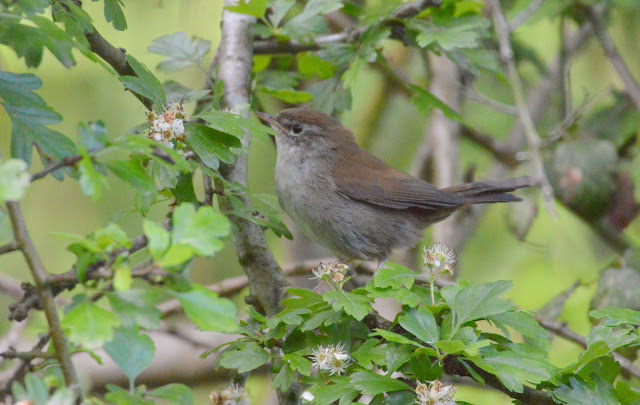









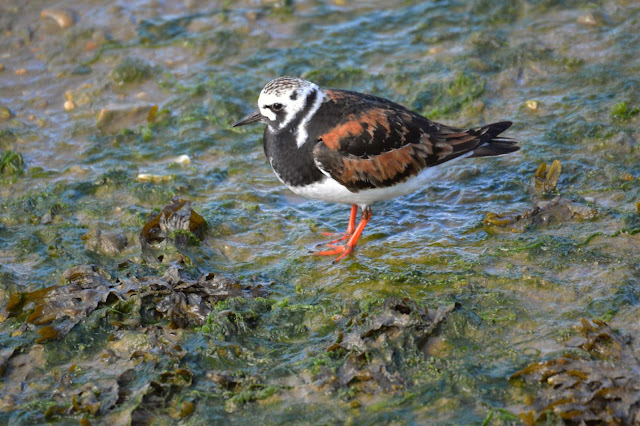






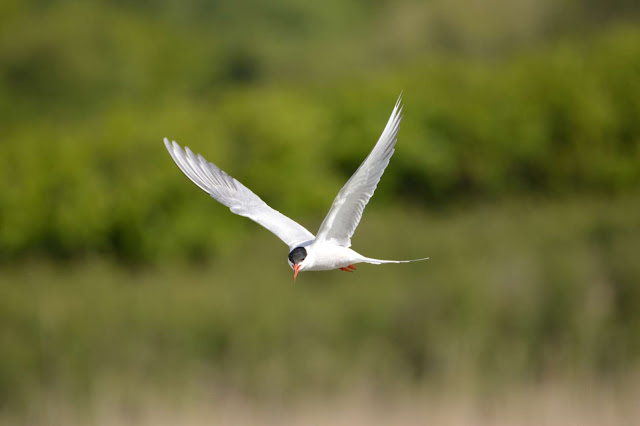












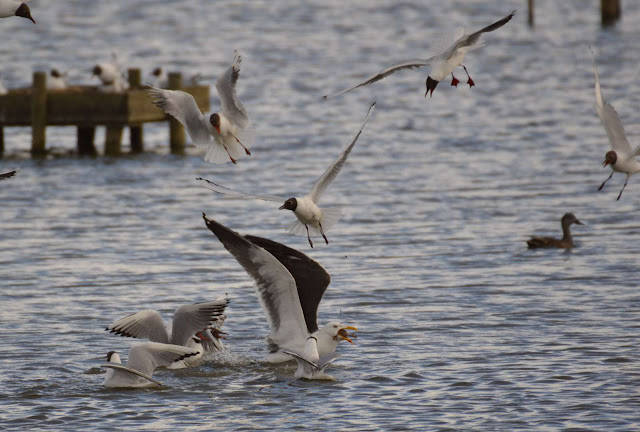


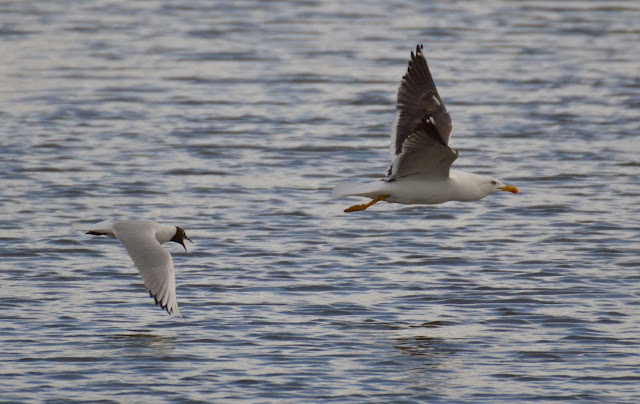

























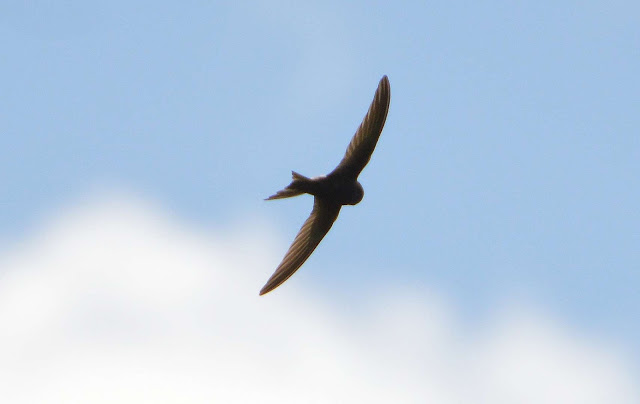














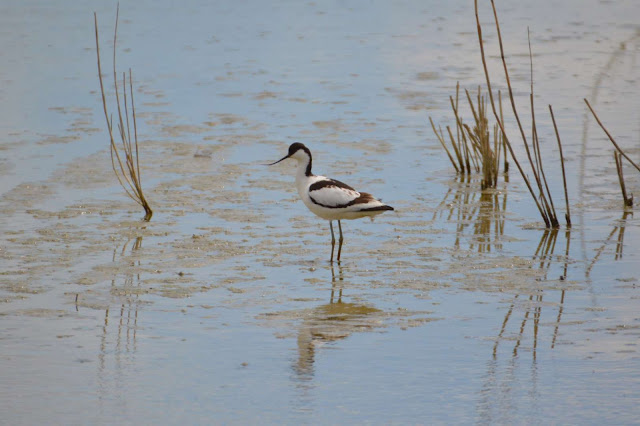
























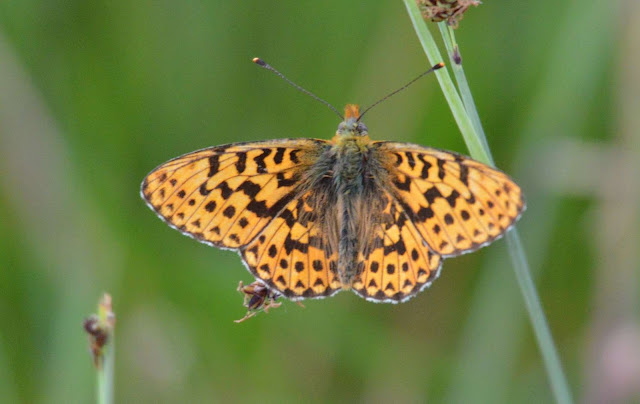






What a fantastic blog post!
ReplyDeleteI've only seen Marsh Harriers a couple of times and they never fail to impress.
You and I need to run a nice and gentle introduction to wild life day course for families - you have SO MUCH knowledge share!
Always a pleasure to see and experience your adventures ;-)